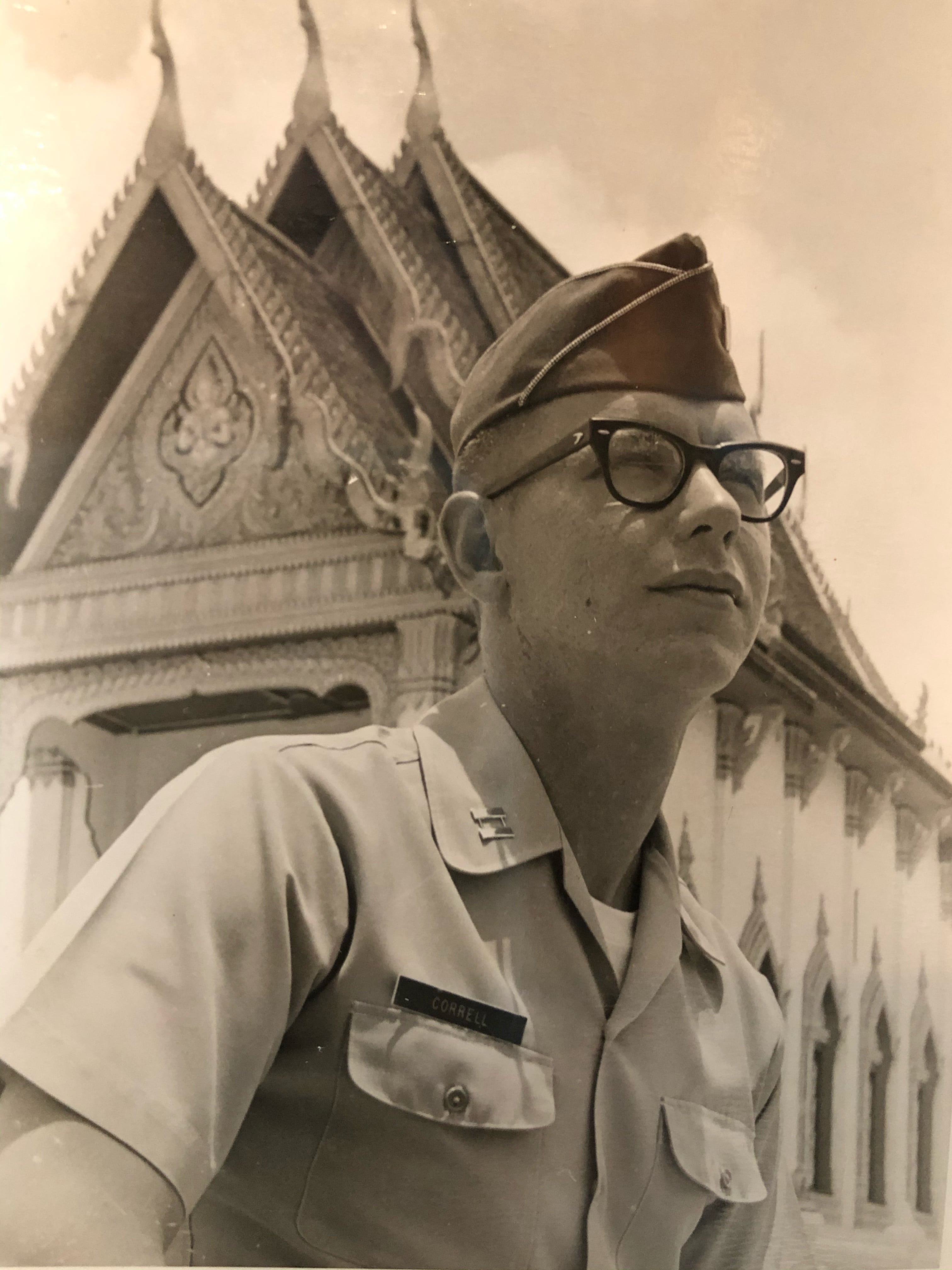

Few people leave a more tangible — or more impressive — legacy
than John Correll.
In the 35 years his byline appeared in
Air Force Magazine, John published nearly
200 insightful and meticulously researched articles and reports. The
informed perspective on all things Air Force his body of work
contained remains just as pertinent and influential today as it was
then.
John had a 20 year career as an Air Force public affairs officer. He
served in Thailand during the Vietnam War, and later was the editor of
Airman magazine. He was the chief of
editorial services for the American Forces Information Service in
Washington, DC, before retiring as a lieutenant colonel in 1982.

A distinguished graduate of Air Command and Staff College, John was
selected for an Education with Industry assignment with
Air Force Magazine, the monthly journal of
the Air Force Association. During his one year EWI tour, John guided
the revamping of the magazine’s annual
Almanac issue into a format that is still
in use today.
After retiring from active duty, John joined
Air Force Magazine officially as senior
editor in 1984. He soon became the magazine’s editor in chief, a post
he held for 16 years. He retired from the Air Force Association in
2002, but that did not mean the end of his contributions to AFA and
the Air Force, as he continued writing historical articles for the
magazine and informally advising many of the Air Force’s senior
leaders.
AFA awarded John its 1995 Gill Robb Wilson Award, recognizing his work
garnering support for the
successful effort to convince the Smithsonian to reverse its
portrayal of the B-29 “Enola Gay” as the aggressor in World War
II.
And in 2016, the association presented him with its Lifetime
Achievement Award.
John was honored with the AFPAA President’s Award in 2001, the first
year of the award’s existence. The President’s Award is presented to
individuals who are leaders in their particular field or who developed
pioneering programs and policies that impact Air Force Public Affairs.
You can learn more details about John’s prolific career in
his obituary here,
and in a
story about him on AFA’s website here.
But for an even greater understanding of the impact John had, perhaps
it is more instructive to let John’s words speak for themselves. Links
to some of his many articles and special reports are below: